Cooking bison steak using a cast iron skillet is a culinary skill that embodies excellence. For professionals in the kitchen, perfecting this method ensures that each steak is not only tender and flavorful but also creates a remarkable dining experience. This detailed guide will explore the key steps, techniques, and insider tips to help you achieve the perfect bison steak using your cast iron skillet.

The Essence of Bison Steak
Bison steaks offer a delicious and leaner option compared to traditional beef. They're loaded with nutrients, lower in fat, and are a great source of protein. However, because of their lower fat content, bison steaks can easily become tough if mishandled during cooking. Hence, knowing how to properly cook bison steak in a cast iron skillet is essential.
:max_bytes(150000):strip_icc()/mushrooms-onions-skillet-bbq-grill-getty-0621-2000-97781f1648d24990a4a57461f753f214.jpg)
Selecting the Perfect Cut of Bison Steak
Choosing the right cut is vital when preparing bison steak. Here are some popular options:
- Ribeye: Known for its rich flavor and tenderness, the ribeye features marbling that makes it juicy, perfect for high-heat cooking.
- Sirloin: This leaner cut is packed with flavor and is optimal for searing in a cast iron skillet.
- Filet Mignon: Renowned for its tenderness, this cut requires careful cooking to keep it juicy.
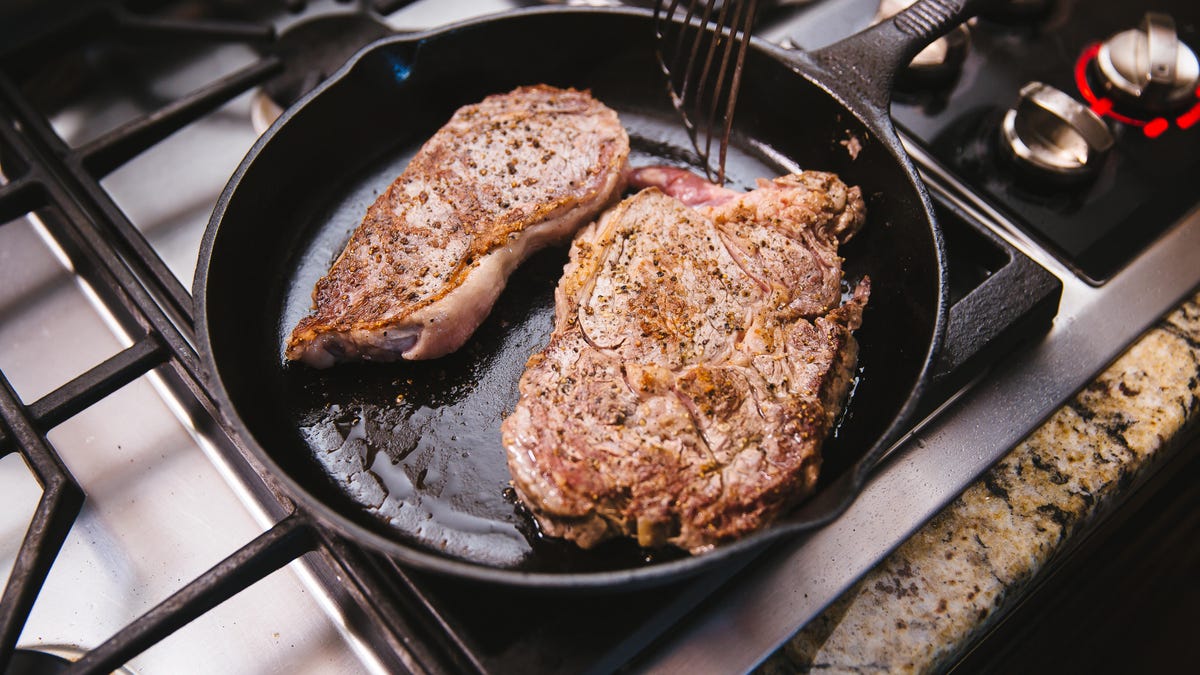
Preparation Essentials
Before diving into cooking, gather the necessary items:
- A sturdy cast iron skillet
- Your choice of bison steak
- Olive oil or butter
- Salt and freshly cracked black pepper
- Cooking tongs for flipping the steak
- A meat thermometer
Prepping the Steak
Begin by removing the bison steak from the refrigerator and allowing it to reach room temperature. This step ensures more even cooking. Pat the steak dry using a paper towel to help achieve that desirable sear. Season the steak liberally with salt and pepper on both sides, and consider marinating it for enhanced flavor.
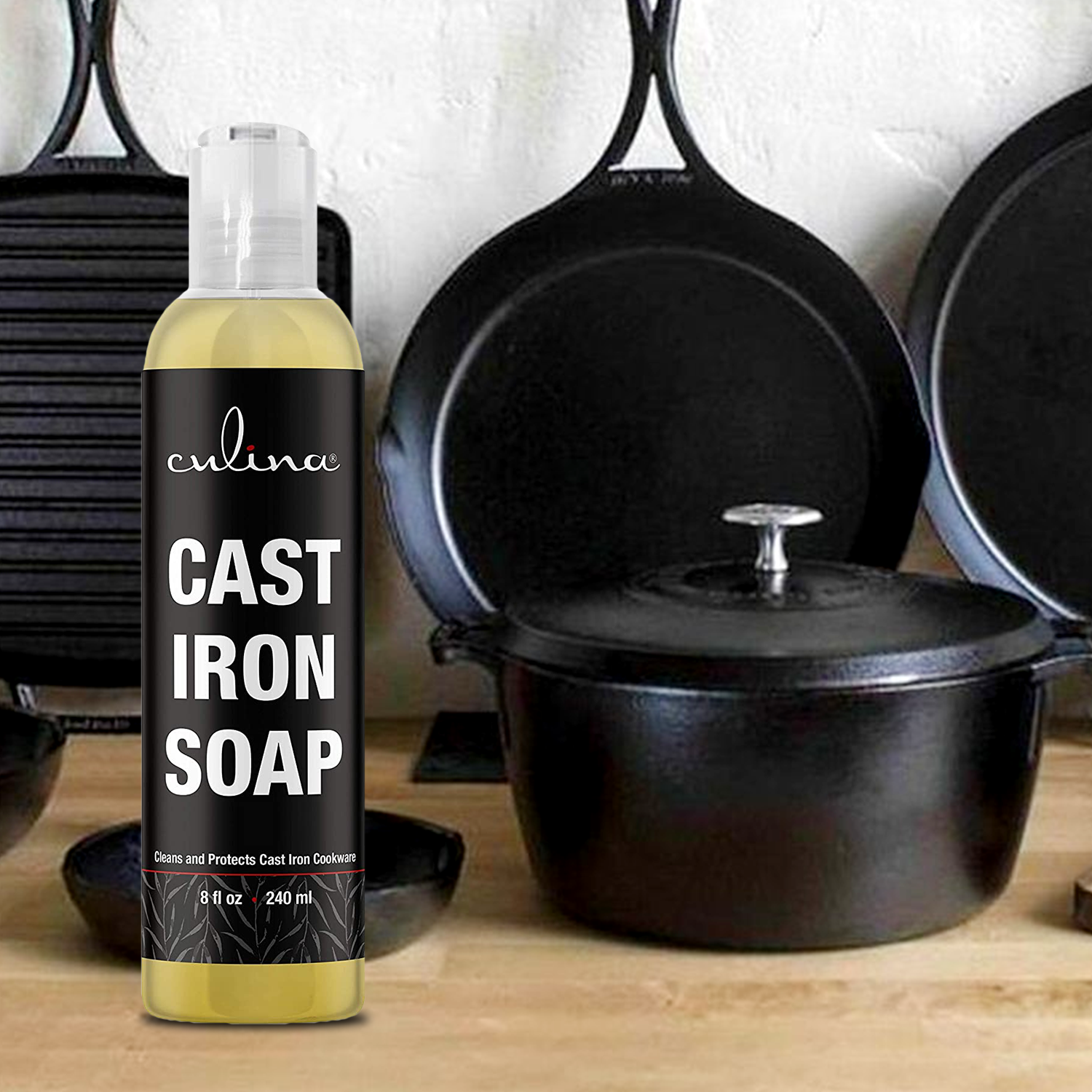
Cooking Steps
Follow these steps to cook bison steak to perfection in your cast iron skillet:
1. Heat the Skillet
Begin by preheating your cast iron skillet over medium-high heat for approximately 5 minutes. You want the skillet hot enough for a proper sear. Add a tablespoon of olive oil and heat until it shimmers.
2. Sear the Steak
Once the skillet is hot, carefully lay the bison steak in the skillet. You should hear a beautiful sizzle; this indicates that the temperature is just right. Avoid shifting the steak once it's placed in the skillet so it can develop a solid crust.
3. Flip and Baste
Cook the steak for 3-4 minutes on the first side. Using your tongs, gently flip the steak and cook for another 2-3 minutes. For an extra burst of flavor, you can introduce some butter to the pan and baste the steak by tilting the skillet and spooning the melted butter over the top.
4. Check for Perfect Doneness
To achieve the ideal level of doneness, use a meat thermometer. The internal temperature should be around 130F for medium-rare and 140F for medium. Keep in mind that bison steaks cook quicker than beef due to their lower fat content.
5. Rest the Steak
After reaching the desired temperature, remove the steak from the skillet and let it rest on a cutting board for at least 5 minutes. Resting helps the juices redistribute throughout the meat, enhancing flavor and juiciness.
Serving Ideas for Bison Steak
After the steak has rested, slice it against the grain. Here are some serving suggestions:
- Accompany it with roasted vegetables
- Serve with creamy mashed potatoes
- Top with a compound herb butter
Additional Cooking Tips for Bison Steak
Consider these professional insights to elevate your bison steak cooking skills:
- Always opt for high-quality bison sourced from trusted suppliers for the best flavor.
- Avoid overcooking; aim for medium-rare or medium doneness.
- Don't hesitate to explore different seasonings to enhance flavor.
Frequently Asked Questions
What is the ideal cooking time for bison steak?
Cooking duration varies based on thickness and your preferred doneness. Generally, a 1-inch thick steak will take around 6-8 minutes total to achieve medium-rare.
Is it possible to use other pans instead of cast iron?
Although a cast iron skillet is the preferred choice due to its heat retention properties, stainless steel or non-stick pans can serve as alternatives.
What side dishes complement bison steak well?
Delicious sides include sauted vegetables, roasted potatoes, or a refreshing garden salad.
For more insights on recipes featuring a cast iron skillet, check out Cast Iron Skillet Steak. Also, enhance your culinary understanding with our related blog posts about sesame oil benefits, grapeseed oil processing, and cleaning stainless steel.
As an Amazon Associate, I earn from qualifying purchases.

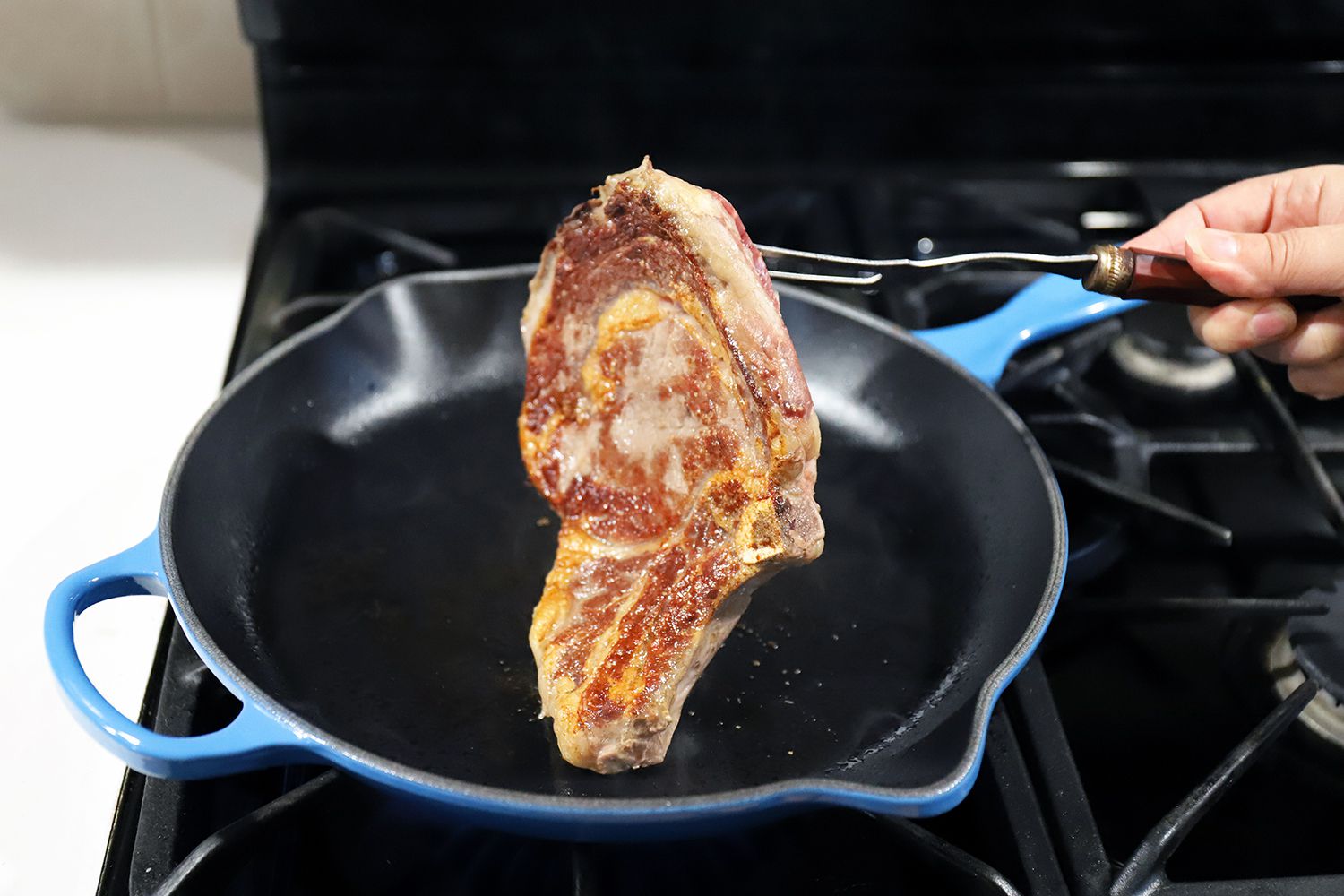


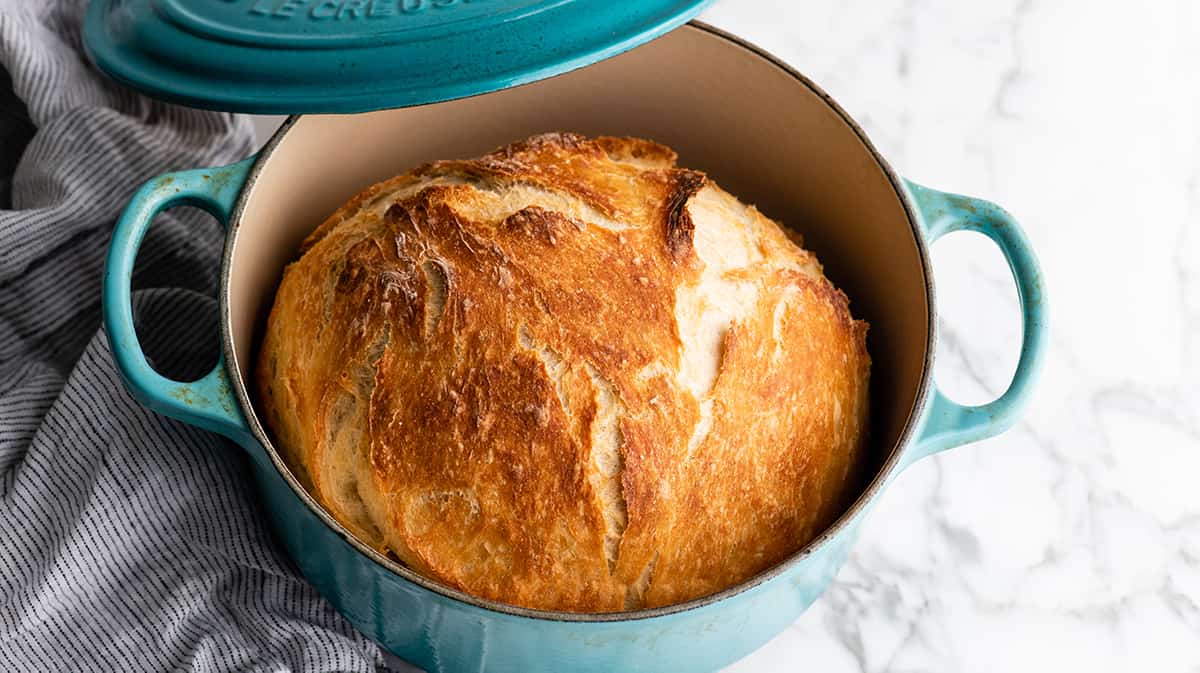
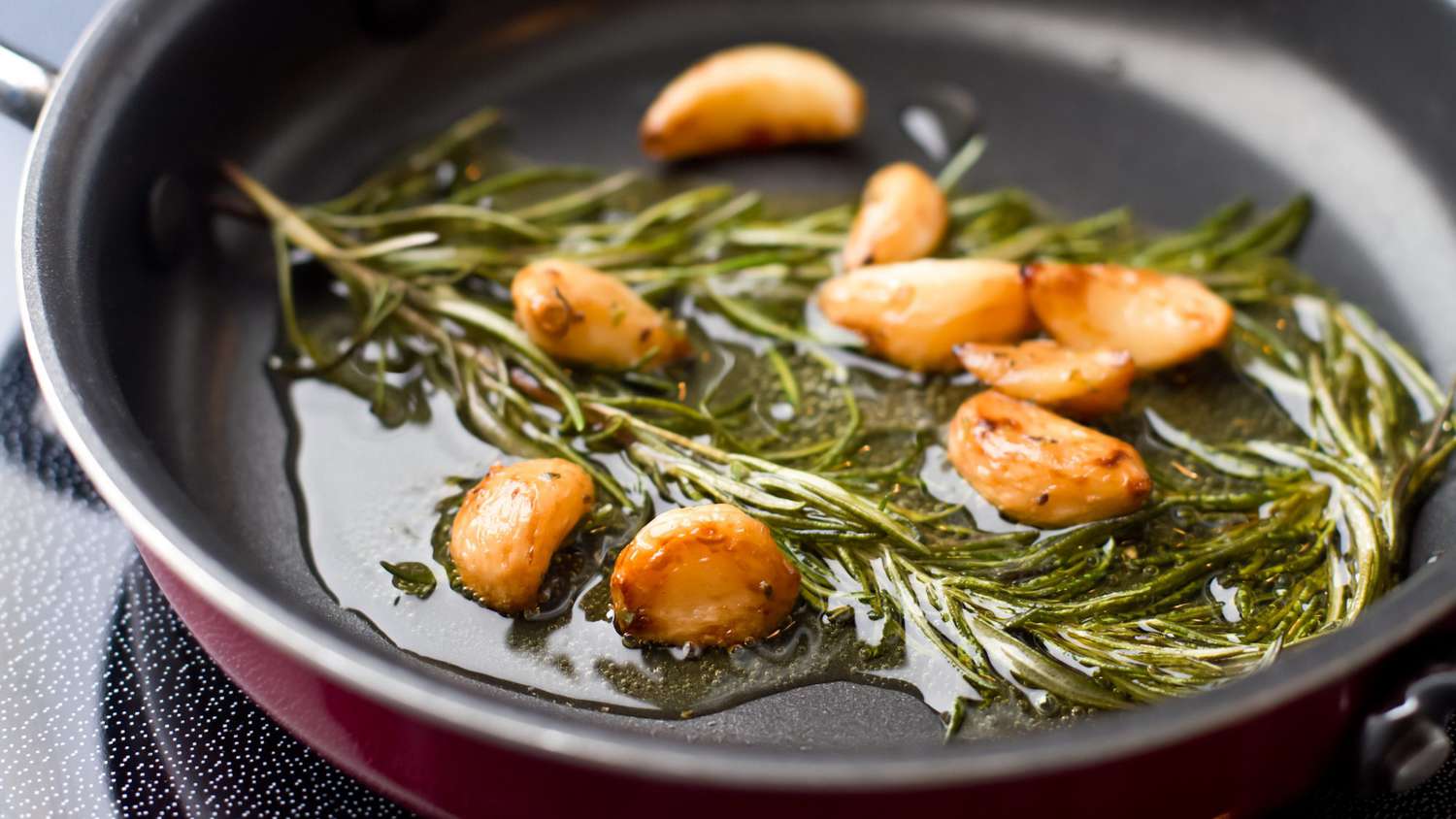
Leave a comment
This site is protected by hCaptcha and the hCaptcha Privacy Policy and Terms of Service apply.